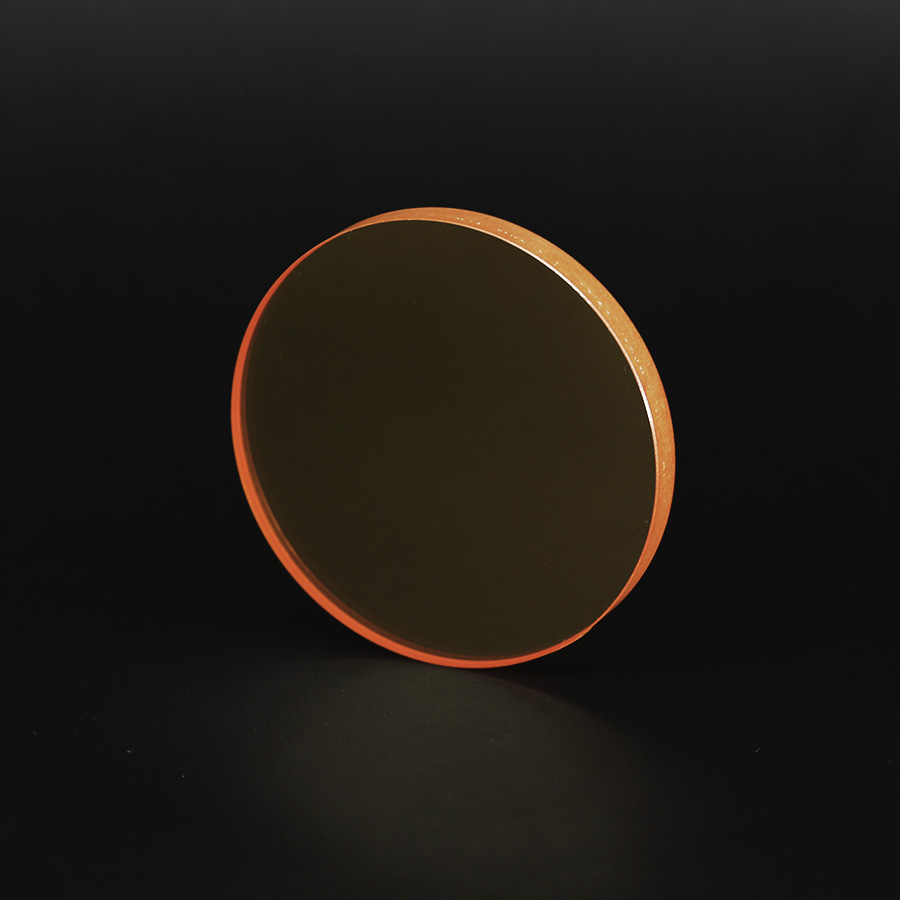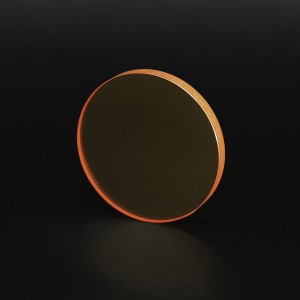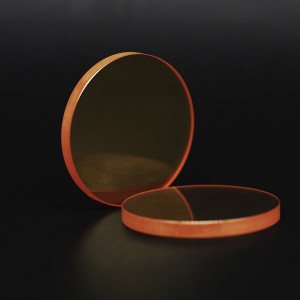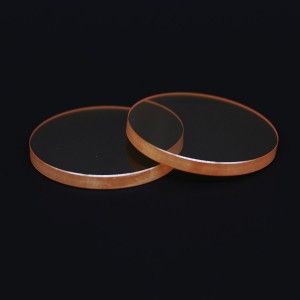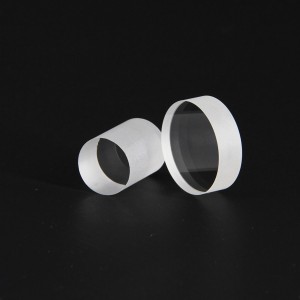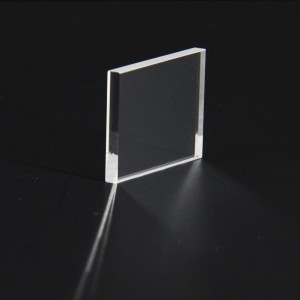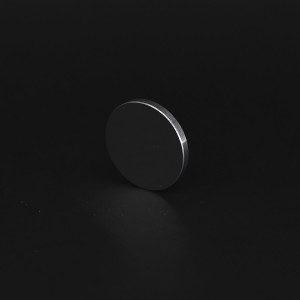Zinc Sulphide Window ZnS Window IR Window
.Zinc Sulphide Window(ZnS Window) IR Window.
.Introduction:
CVD zinc sulfide(ZnS) is a chemically inert material, with high purity, insoluble in water, moderate density, easy to process and other characteristics, widely used in infrared windows, fairings and infrared optical components.
Like zinc selenide (ZnSe) material, zinc sulfide (ZnS) is also a material with good refractive index uniformity and consistency, with good image transmission performance in the 8-12μm band, but it begins to partially absorb after 10um. The material also has a high transmittance in the mid-infrared band, but absorption and scattering increase as the wavelength becomes shorter.
Compared with zinc selenide (ZnSe), zinc sulfide (ZnS) has high hardness, twice the breaking strength of zinc selenide (ZnSe), and has strong resistance to harsh environments. The diameter range of ZNSE window or zinc sulfide lens produced by Optic-Well is: 5~220mm, the surface accuracy can reach up to 20/10, and the surface flatness can reach: λ/10@633nm (the ratio of lens thickness to diameter needs to meet the processing ratio). ZnS FLIR (Forward Infrared) is used in infrared windows and thermal band (8 to 14 μm) zinc sulfide lenses as tough pre-optics for thermal imaging systems, especially those exposed to harsh environments.
The ZnS FLIR grade has a higher intensity than the ZnS multispectral grade. Zinc sulfide is produced by synthesis from zinc vapor and H2S gas, which is tableted to form flakes. Zinc sulfide is structurally microcrystalline, controlling the grain size to produce maximum strength. Forward-looking infrared (FLIR) grade, which is yellowish and translucent in visible light, uses deposition without further processing. It is stronger than the multispectral level. Monocrystalline ZnS is available, but not common. In its usual spectral range, scattering is very low. When used as high-power laser devices, it is necessary to strictly control the bulk absorption and internal structural defects of the material, and adopt the minimum damage degree of polishing technology and the highest optical quality coating process.
ZnS oxidized significantly at 300 °C, showed plastic deformation at about 500 °C, and dissociated at about 700 °C. For safety reasons, zinc sulfide windows should not be used above 250°C in normal atmosphere.
Crystal Structure: Cubic Polycrystal
Chemical Composition: ZnS
Common Purity: 99.9996%
Density:4.09g/cm³
Mohs‘ Hardness: Mohs3
Knoop Hardness: Knoop≥150~160kg/mm²
Young modulus:85.5Gpa (12.4x106 psi)
Poisson's Ratio: 0.27
Fracture toughness:1 x 106N/m3/2
Modulus of fracture:68.9Mpa(10,000psi)
Melting Point: 1650°C
Thermal conductivity:0.27W/cm/℃
Specific Heat: 0.527J/G/℃(at 25°C)
Thermal Expansion: 6.5x10-6/℃
Refractive Index: 2.37
Wavelength: 1000nm~14000nm
Refractive index inhomogeneity:<7.3x10-4@10600nm
dn/dt(1/k,298-358k): 4.6x10-5@1150nm/ 4.3x10-5@3390nm/ 4.1x10-5@10600nm


